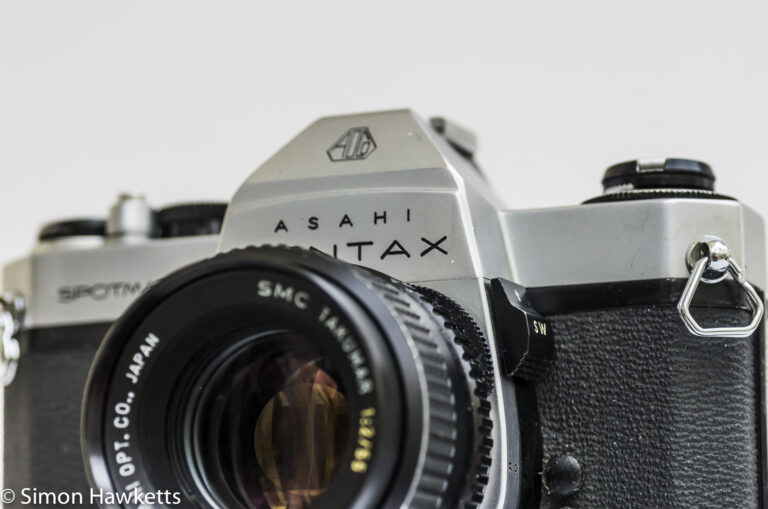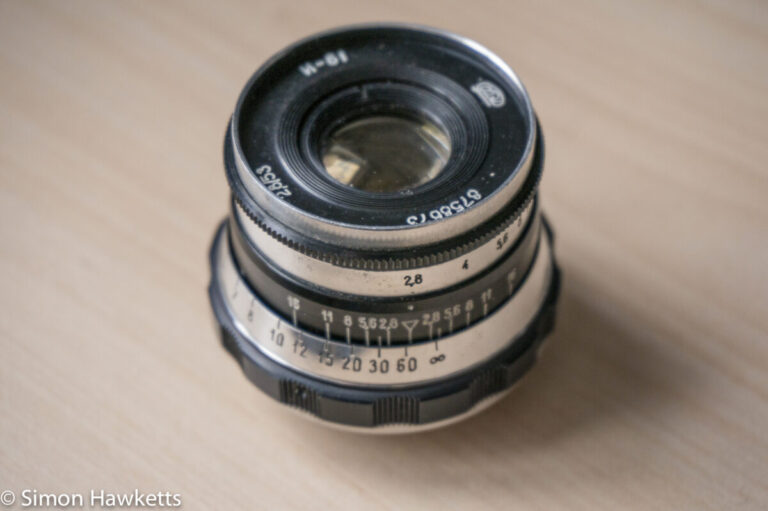Some samples from a Helios 85-210 mm Auto Zoom lens
This short post is to show some sample pictures taken with the Helios 85-210 Auto Zoom lens on a digital camera. My particular copy is fitted with an M42 mount, and I used it on a Sony NEX 6 mirrorless camera.
My Helios 85-210 Auto Zoom Lens
This lens was included in a job lot purchase of cameras I bought a few weeks ago. It was fitted to a black Spotmatic SPII and since the total price of the box of cameras was £9-49, and it consisted of four cameras and three lenses, I guess I would estimate the cost of this lens at about £1.
Although the lens must date from the 1970s it’s in pretty reasonable condition.
The focus and zoom rings feel smooth, the aperture clicks quite nicely, but there is some hesitation with the aperture blades opening and closing. Although this isn’t a problem when switched to manual and so won’t affect its use on a digital camera, it means I can’t use it on a film camera in auto mode until I get it apart and clean it.
Helios 85-210 Auto Zoom Description
When I first saw the lens I assumed that it was made in Russia by the same organization that made the Helios 44 and other famous lenses which were supplied with the Zenith range of cameras. However, the lens has engraved on it ‘Made in Japan’ so that tells me it isn’t the same.
After a bit of research I’ve discovered that these lenses were actually fitted with a Helios brand label but were nothing to do with the company that made the original Helios lenses. I don’t know if any legal action was ever taken, but it certainly looks like a case of trying to sell an inferior product off the back of a (reasonably) reputable label. We’ll see later if the product really is inferior.
The lens itself is quite long, as you would expect from a telephoto zoom. There is an inbuilt, retractable lens hood which extends about an inch from the front of the lens, and the lens elements themselves seem to be coated with a blue/purple coating.
The aperture is settable from f/3.8 to f/22 and remains constant over the zoom range. The most interesting aspect of the lens to my mind is the macro setting. When the lens is set to its shortest focal length of 85 mm, the zoom control can be pulled towards the back of the lens and then turned some more to focus to quite close distances. When the lens is in macro mode a new scale is revealed which shows the macro magnification which shows a maximum ratio of 1:3. I found I could focus on a subject about 6 inches from the front of the lens which is quite respectable.
Helios 85-210 Auto Zoom sample pictures
I took these samples with a Sony NEX 6 in shutter priority mode and auto ISO. I tend to use that setting with manual aperture lenses because it enables me to set both the shutter and aperture and allow the ISO to float and give the correct exposure. As long as you keep an eye on the ISO, so it doesn’t go too high it works quite well.
I think the lens is an average performer. Like all lenses it is much better when stopped down to f/5.6 and higher, but it doesn’t have the performance of a lens like the Vivitar Series one 70-210 zoom and has quite a lot of colour fringing. I can’t complain about the money I spent on it, but I probably wouldn’t purchase another if this one got broken.


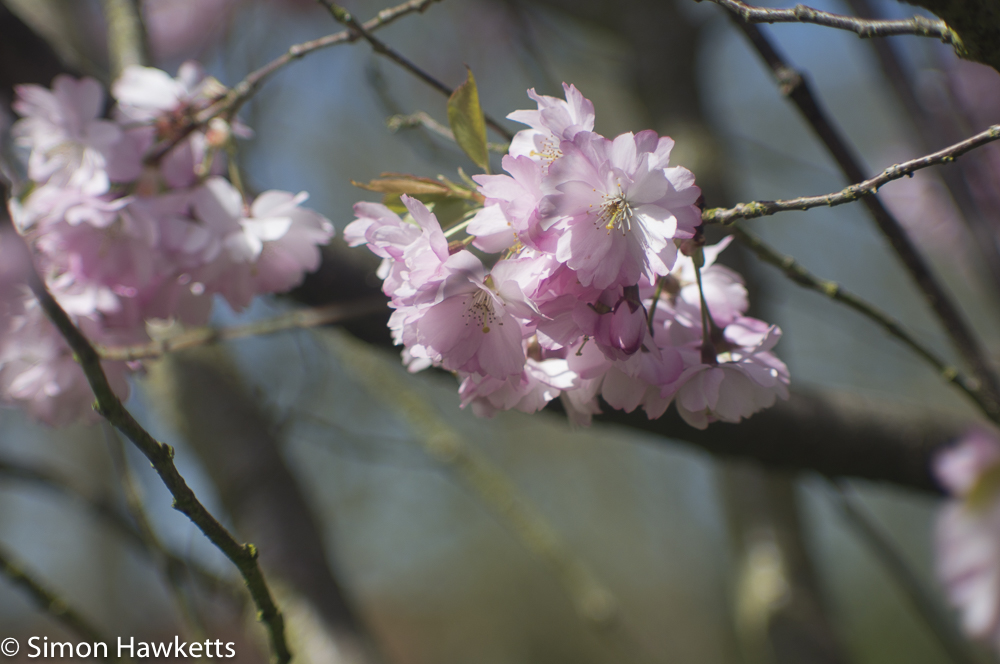
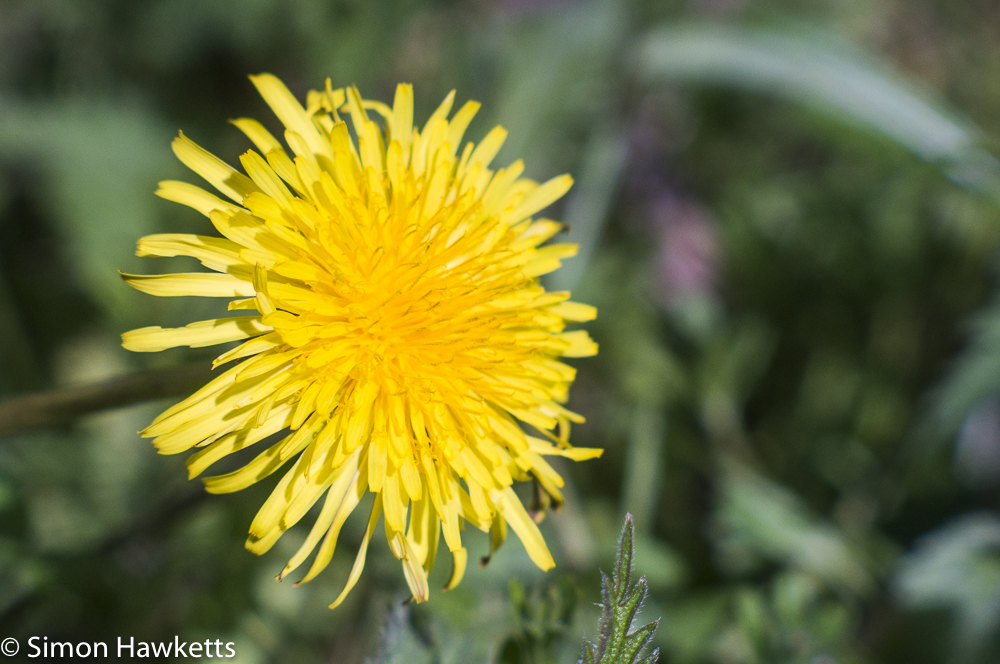
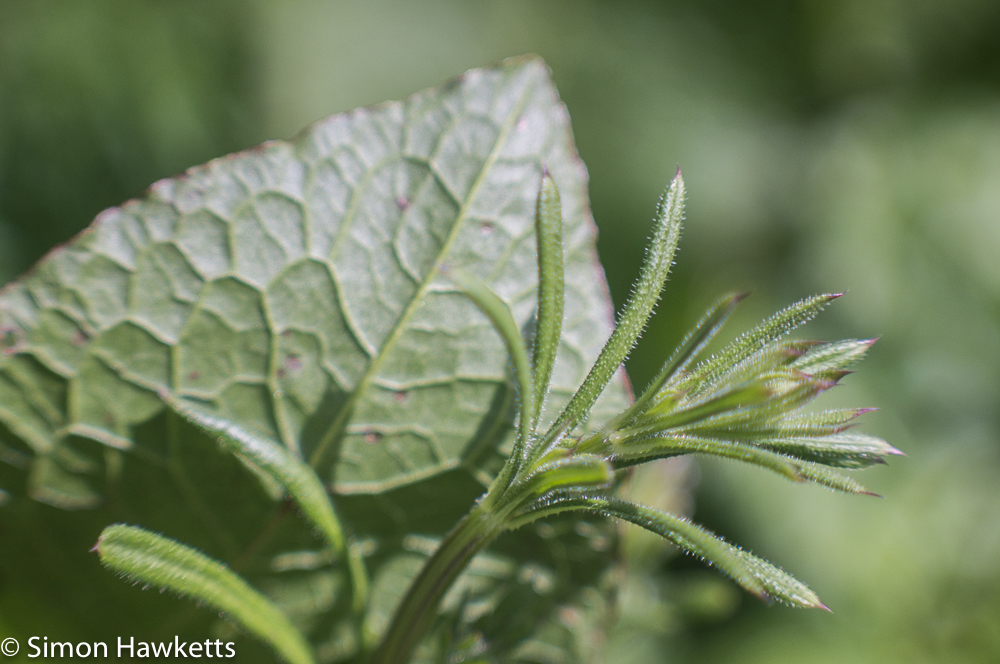
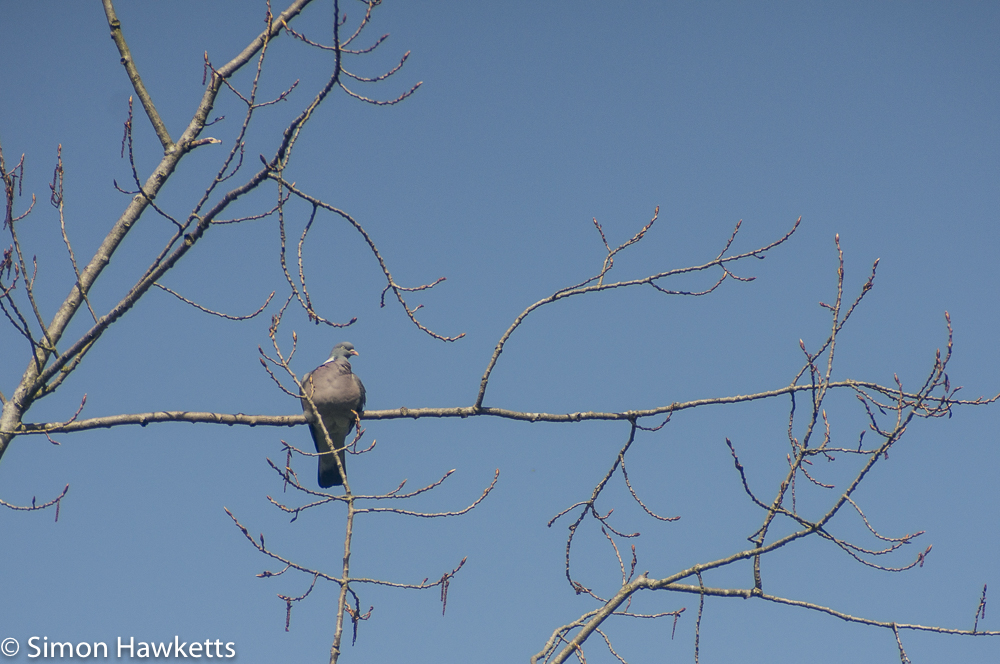
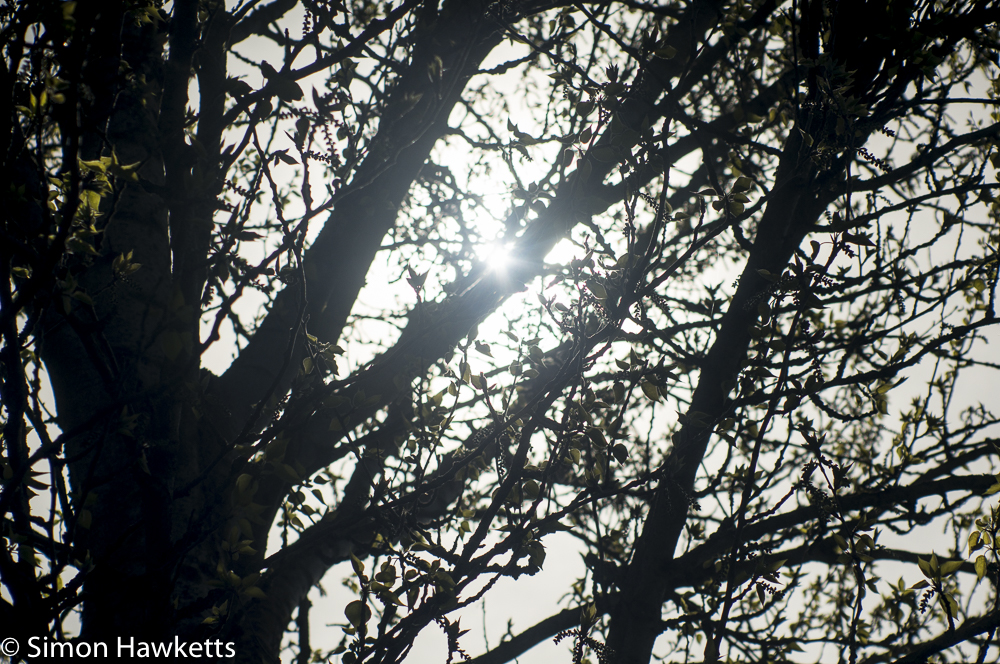
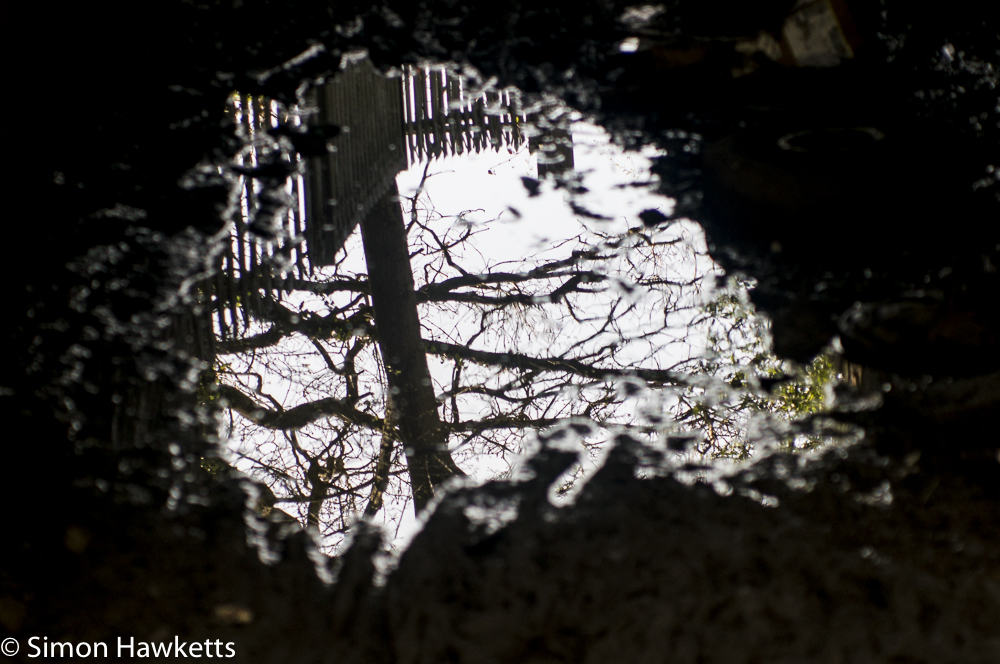
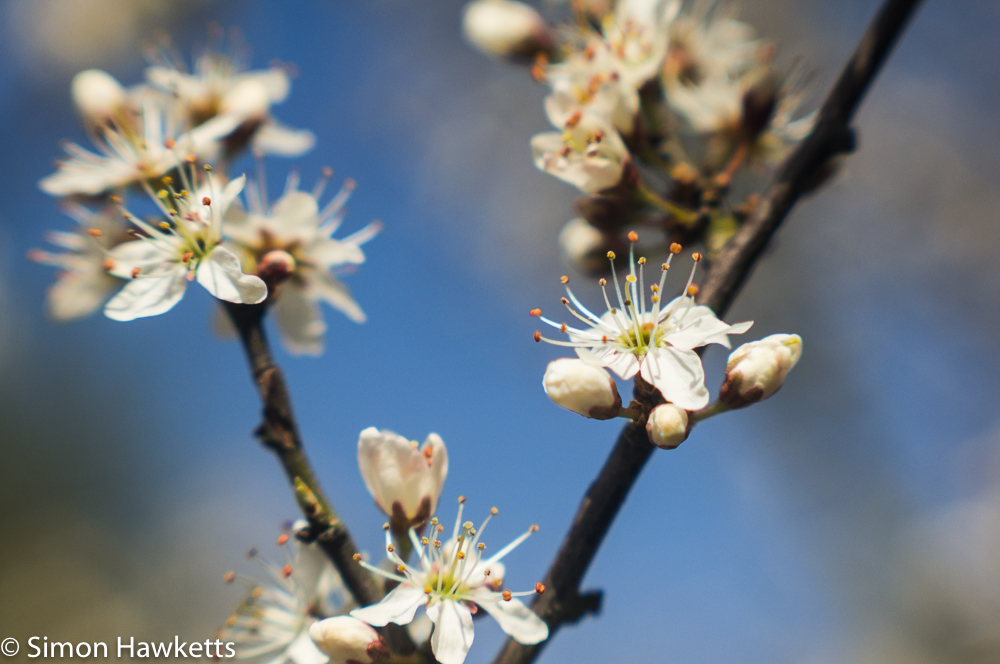

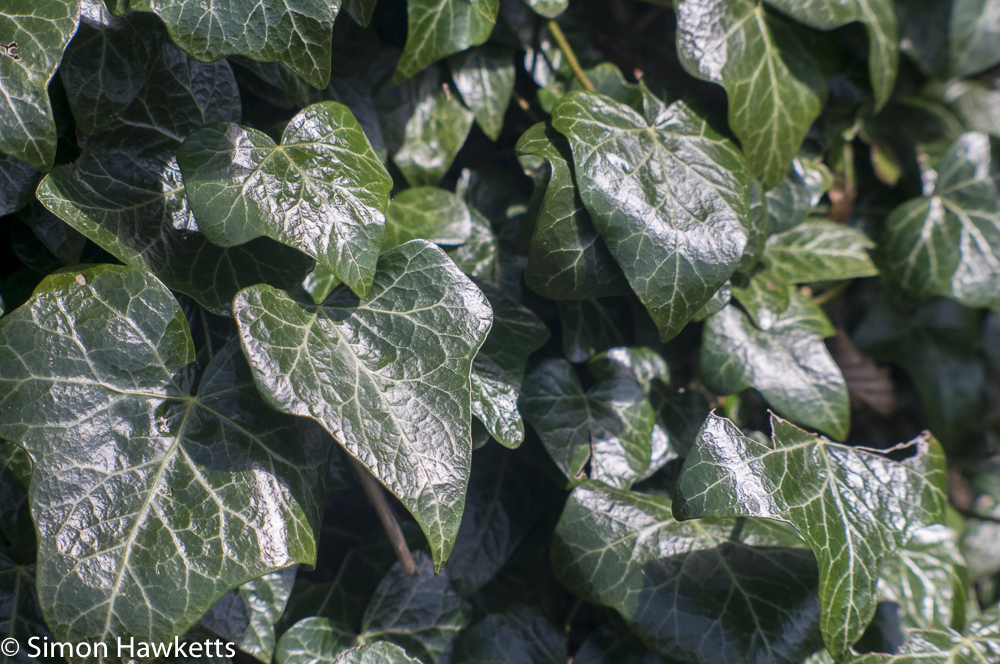
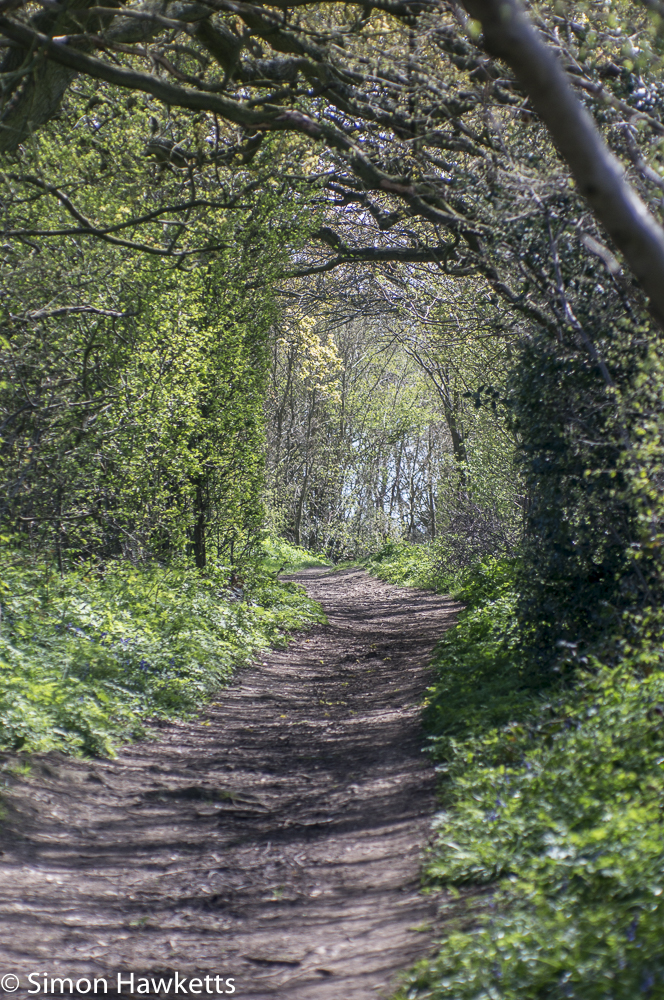
Discover more from Everything Vintage
Subscribe to get the latest posts sent to your email.

